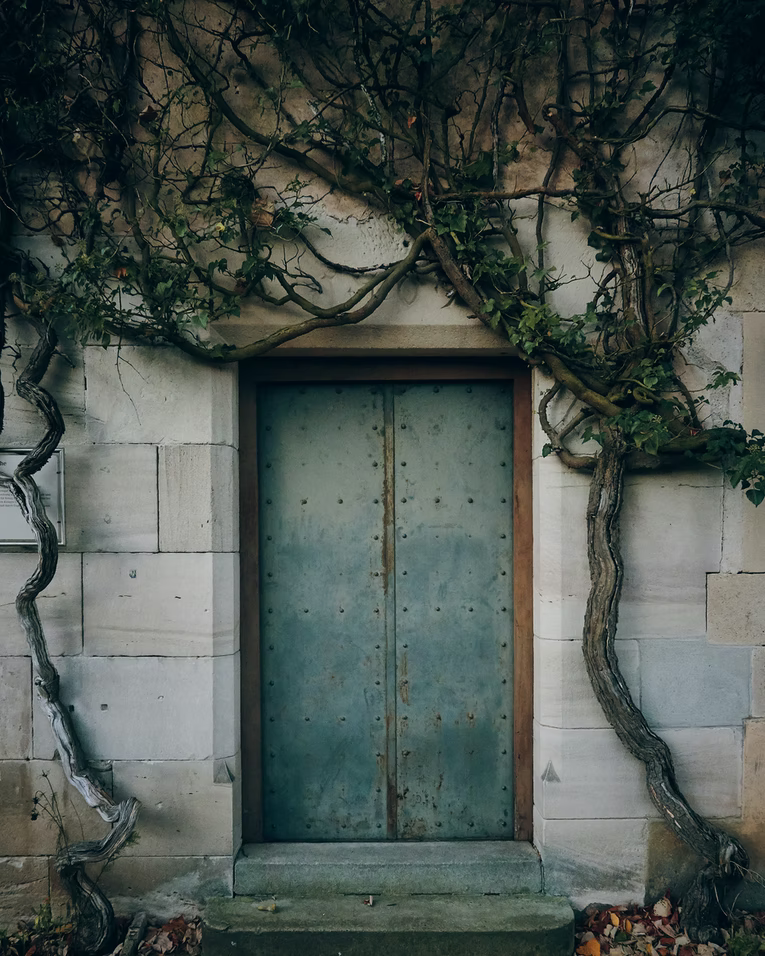
With things heating up at home and abroad the last few years, many have turned to preparing for the worst possible scenario. Creating bunkers where there is enough food, water, and ammunition to go around can be challenging because there are so many scenarios for you to think about and prepare for.
There are, however, a few staple items you can keep in the bunker to have you and your family prepared to survive most anything. Some items are things you may already have lying around your house, while others may be what you need to purchase.
Either way, having multiples of these items will give you and your family peace of mind in case of the worst. Not only will these keep you safe from wild people, but also from wild animals. Weapons will also help you provide for your family in the case that you run out of supplies.
Guns/Ammo
You may not want to think about it, but the number one thing you will need to do for you and your family in the event of disaster is to protect yourself. Many things can be used as weapons, but the most reliable will be that of a gun. If you keep n AR15, you will want to be sure to have the proper lower receiver and other accessories with it. Also, of course, you will want to have a stockpile of ammunition for your chosen weapon.
The amount of ammunition you want to have in stock is entirely up to you. Whatever makes you feel safe and secure is what you need to plan for! However, one good prepping tip, is to simply just by 1 box of ammo every time you go to the store, so you can slowly build up a stockpile without spending all of your money at once. This tip can be applied to all other prepping items like canned food and other consumable items.
Nonperishable Foods
Food is an important thing to keep yourself and your family healthy and functioning properly! Nonperishable items can be bought a little at a time, so you do not have to go break the bank in one fail swoop. Just add a couple of extra cans to your buggy each trip and you will have a stockpile in your bunker in no time! Keeping an eye out for coupons in your local newspaper or on a phone app for your favorite store will help you to save money, too.
Nonperishable food items can last for a long time. Just keep in mind what you may need to prepare those food items, like a can opener or hot plates! A way to be sure you have everything you need is to make a list of what food items you have and what you need around to prepare them to eat.
Water
The human body cannot survive for long without water. Depending on what disaster strikes, you may not have natural access to potable water near your home and your water pump may no longer work.
You can purchase filtered water in bulk either in water bottles or gallon jugs from stores near you such as Walmart or your regular grocery store. Again, coupons can come in handy, and you can buy these items in bulk to help save money.
Water lasts virtually forever if stored properly, so you do not have to worry about expiration dates. You could have a well or spring near your bunker to help you prepare for disaster. However, if the disaster is one that wipes out the water supply or poisons it with some chemicals, you will want to have a backup option.
Versatile Clothing

The thing about disasters is that you never know when they will strike. It could be any time of year or season! Therefore, it is necessary to have clothes that are versatile and can be used for each season stored in your bunker.
The best thing would be to have a set of clothes that you can dress in for warm weather or cold. Layers are always the best option. You can get these in a thrift store or at a cheaper clothing store. This will help you save money and stock up on clothing for the entire family without putting yourself in a difficult financial situation.
When prepping for the worst, it can be tempting to spend as much money as possible to stock up on anything and everything. The secret is that you do not have to be a big spender! Thrift where you can and use what you have on hand.
First Aid Kit

Conclusion
There is a myriad of things that you could have in your bunker to prepare you for Armageddon. It is easy to get carried away or to allow yourself to feel overwhelmed with all the things you need in case of an emergency.
This list will help you to stay on track and gather the things you need the most. You can add to your supply as you go along, but you do not have to make yourself feel overwhelmed. Begin with these things and you will have yourself a well-stocked bunker in no time.




